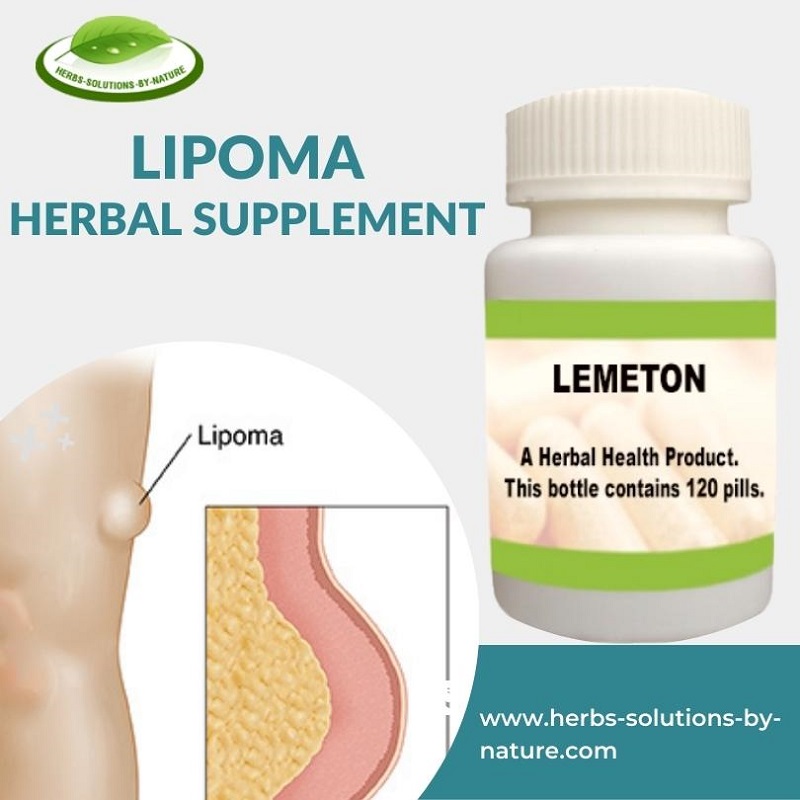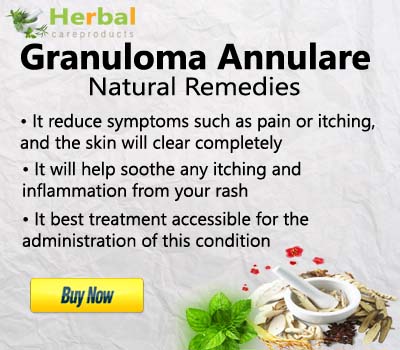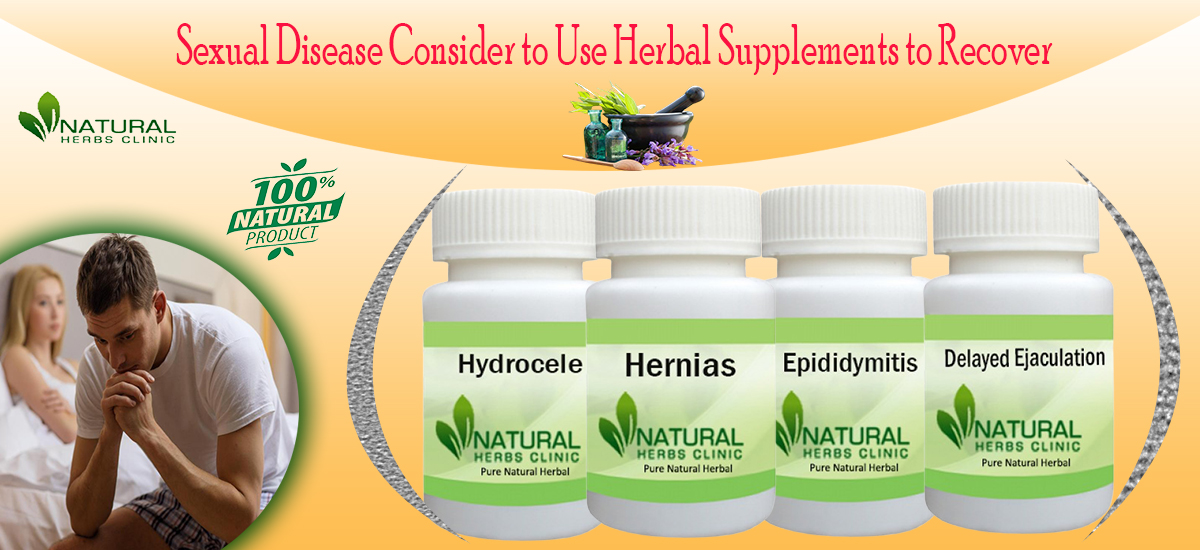How to Use Apple Cider Vinegar Treatment for Seborrheic Keratosis
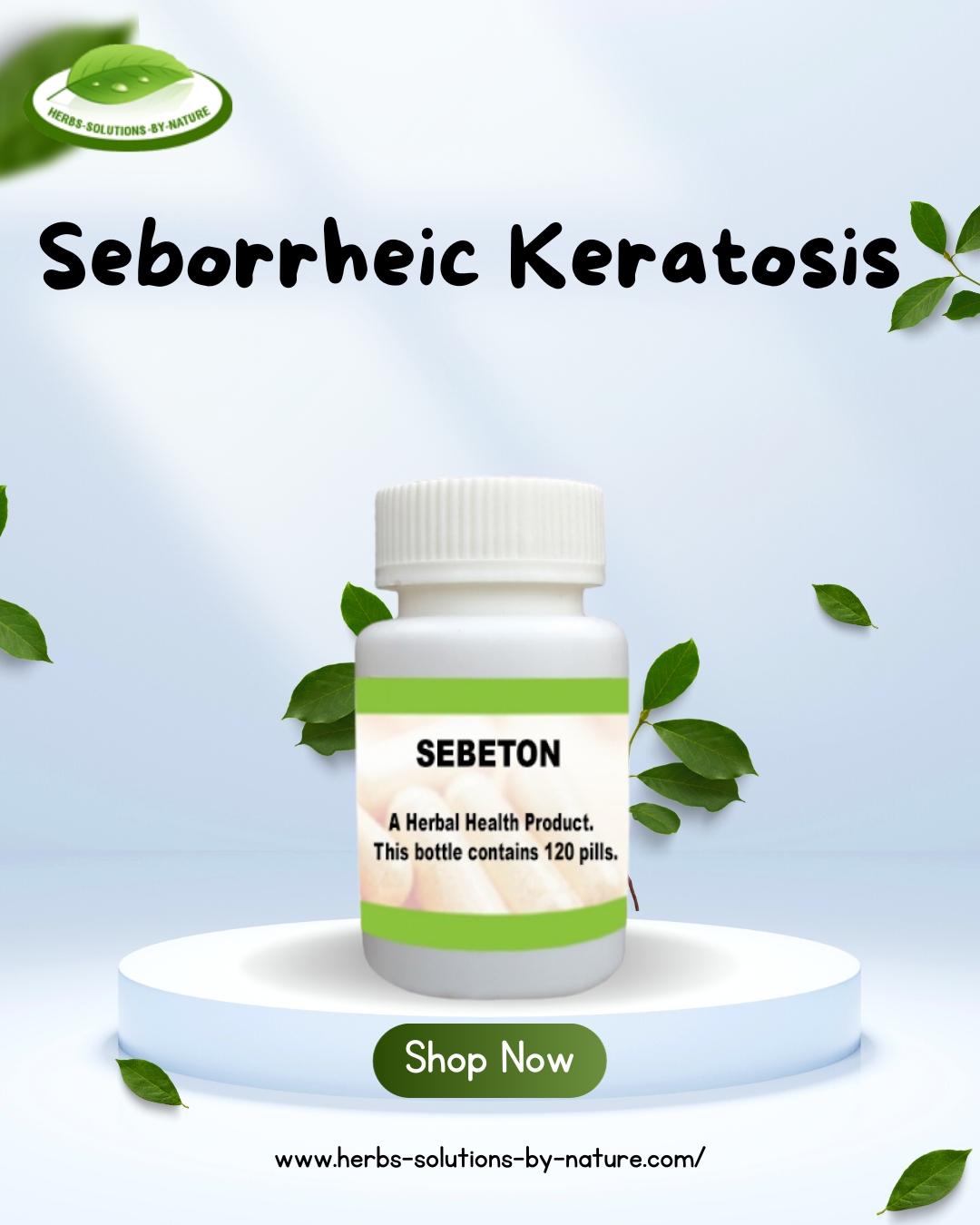
Apple Cider Vinegar Treatment for Seborrheic Keratosis is an increasingly popular natural remedy for treating this common skin condition. Seborrheic Keratosis is a benign skin growth that appears on the face, scalp, and other body parts. It can be itchy, painful, and unsightly. If you’re looking for a natural treatment to help manage Seborrheic Keratosis, Apple Cider Vinegar is an effective, safe, and affordable option. We will discuss how to use Seborrheic Keratosis Treatment Apple Cider Vinegar and what results you can expect.
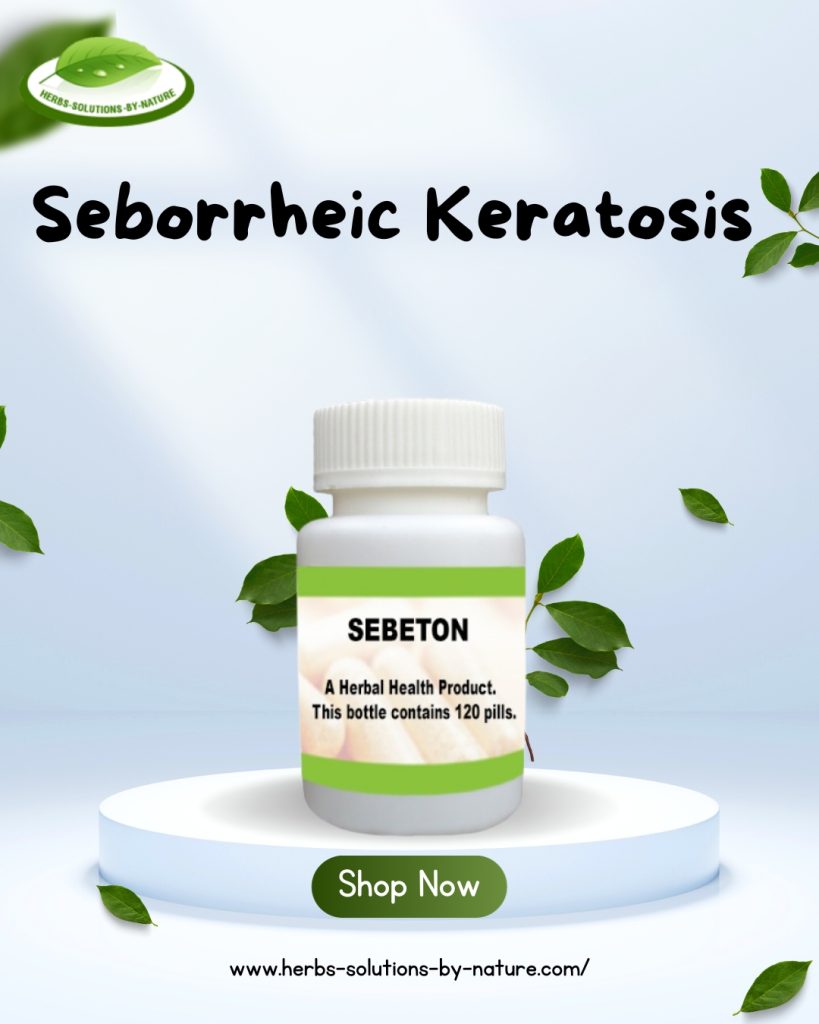
What is Seborrheic Keratosis?
Seborrheic Keratosis is a common skin condition that affects many people worldwide. Also known as seborrheic warts or barnacles, this condition is characterized by the appearance of raised, wart-like growths on the skin. These growths are typically brown or black and have a rough, scaly texture.
Seborrheic Keratosis is a benign condition that is not cancerous or life-threatening. However, it can cause discomfort and self-consciousness due to its appearance. These growths can occur on any part of the body, but they are most commonly found on the face, scalp, neck, chest, and back.
The exact cause of Seborrheic Keratosis is not fully understood, but it is believed to be related to aging and sun exposure. The condition is more common in older individuals and worsens with age. Hormonal changes, genetics, and a compromised immune system may also contribute to the development of these growths.
Many people seek natural remedies for treating Seborrheic Keratosis, and one of the most popular options is apple cider vinegar. Apple cider vinegar has been used for centuries for its various health benefits, and it is believed to have properties that can help with skin conditions like Seborrheic Keratosis. The following sections will explore how to use Apple Cider Vinegar Treatment for Seborrheic Keratosis and discuss its potential benefits and precautions. So, stay tuned to discover more about this natural treatment option and other Seborrheic Keratosis natural treatment methods.
Causes and Symptoms of Seborrheic Keratosis
Seborrheic Keratosis is a common skin condition that can affect anyone, regardless of age or gender. While the exact cause of Seborrheic Keratosis is still unknown, several factors can contribute to its development. One possible cause is genetics, as this condition tends to run in families. Hormonal changes, such as those that occur during pregnancy or menopause, can also increase the likelihood of developing Seborrheic Keratosis.
Symptoms of Seborrheic Keratosis typically include the appearance of small, raised growths on the skin. These growths can vary in colour and texture, ranging from tan to brown or black. They may have a waxy, scaly, or rough surface. While Seborrheic Keratosis is generally harmless, it can sometimes be itchy or irritating.
For those seeking natural treatment options, a few methods may help manage Seborrheic Keratosis. One popular approach is using apple cider vinegar. Apple cider vinegar contains acetic acid, which has been shown to have antimicrobial and exfoliating properties. It may help to soften and remove the keratosis growths, leading to smoother skin.
In the next section, we will delve deeper into the benefits of using Apple Cider Vinegar Treatment for Seborrheic Keratosis, exploring how it can potentially help improve the appearance and texture of the skin. We’ll also discuss other natural remedies that may be beneficial for managing this common skin condition. Stay tuned for more information on Seborrheic Keratosis natural treatment options.
Benefits of Using Apple Cider Vinegar for Seborrheic Keratosis
Apple cider vinegar has become a natural remedy for various health conditions, including Seborrheic Keratosis. Apple Cider Vinegar Treatment for Seborrheic Keratosis has several potential benefits.
Firstly, apple cider vinegar contains acetic acid, which has antimicrobial properties. It can help prevent any potential infections due to the open skin caused by the keratosis growth. Additionally, apple cider vinegar has exfoliating properties, which can help remove the rough, scaly texture of the growths and promote smoother skin.
Moreover, apple cider vinegar is a safe and affordable option for Apple Cider Vinegar Treatment for Seborrheic Keratosis. It is readily available in most households and can easily be incorporated into your skincare routine. You can avoid expensive medical procedures or harsh chemical treatments using apple cider vinegar.
Another benefit of using apple cider vinegar is its natural origin. Many individuals prefer natural remedies over conventional treatments due to concerns about potential side effects or adverse reactions. With apple cider vinegar, you can have peace of mind knowing you use a natural product to manage your Seborrheic Keratosis.
In addition to apple cider vinegar, other natural remedies may also benefit Seborrheic Keratosis, such as aloe vera, tea tree oil, and coconut oil. These natural ingredients can further enhance the effects of apple cider vinegar and provide a holistic approach to Apple Cider Vinegar Treatment for Seborrheic Keratosis.
Overall, apple cider vinegar offers several benefits for Apple Cider Vinegar Treatment for Seborrheic Keratosis. It has antimicrobial and exfoliating properties, is affordable and readily available, and is a natural alternative to conventional treatments. Incorporating apple cider vinegar into your skincare routine can help improve the appearance and texture of your skin, providing relief from the discomfort and self-consciousness associated with Seborrheic Keratosis. Explore the world of Seborrheic Keratosis natural treatment and discover the power of apple cider vinegar.
How to Prepare Apple Cider Vinegar Treatment for Seborrheic Keratosis
You will need a few simple ingredients to prepare an apple cider vinegar solution for Apple Cider Vinegar Treatment for Seborrheic Keratosis. Gather a bottle of raw, unfiltered apple cider vinegar, a cotton ball or pad, and a small bowl.
Begin by pouring a small amount of apple cider vinegar into the bowl. You’ll only need enough to soak the cotton ball or pad. Dip the cotton ball or pad into the apple cider vinegar, ensuring it is thoroughly saturated.
Before applying the solution to your skin, it’s important to cleanse the affected area with a gentle cleanser and pat it dry. It will remove dirt or debris and create a clean surface for the apple cider vinegar.
Once your skin is clean and dry, gently apply the soaked cotton ball or pad directly to the Seborrheic Keratosis growth. Cover the entire growth and hold the cotton ball or pad in place for a few minutes.
After applying the apple cider vinegar solution, it’s recommended to let it air dry on your skin. You can leave it on for several hours or overnight depending on your comfort level. For optimal results, repeat this process daily until you see improvement.
Remember, Seborrheic Keratosis Treatment Apple Cider Vinegar is a gradual process that may take some time to see noticeable results. Patience and consistency are key. In addition to using the apple cider vinegar solution, you can explore other natural remedies like Sebeton or Seborrheic Keratosis Treatment Apple Cider Vinegar Natural for enhanced benefits.
Steps to Apply Apple Cider Vinegar Solution on Seborrheic Keratosis
Using Apple Cider Vinegar Treatment for Seborrheic Keratosis is a simple process that can be easily incorporated into your skincare routine. Here are the steps to apply the apple cider vinegar solution to your Seborrheic Keratosis growths.
- Cleanse the affected area: Start by cleansing the area where the Seborrheic Keratosis growth is located. Use a gentle cleanser and warm water to remove any dirt or debris. Gently pat the area dry with a clean towel.
- Prepare the apple cider vinegar solution: Pour some raw, unfiltered vinegar into a small bowl. Take a cotton ball or pad and soak it in the apple cider vinegar, ensuring it is thoroughly saturated.
- Apply the solution: Take the soaked cotton ball or pad and gently apply it directly to the Seborrheic Keratosis growth. Ensure that the entire growth is covered, and hold the cotton ball or pad in place for a few minutes to allow the vinegar to penetrate the skin.
- Let it air dry: After applying the apple cider vinegar solution, let it dry on your skin. Depending on your comfort level, you can leave it on for several hours or overnight.
- Repeat daily: For optimal results, repeat this process until you see improvement in your Seborrheic Keratosis growths. Remember that treatment is a gradual process that may take some time to see noticeable results. Patience and consistency are key.
In addition to using the apple cider vinegar solution, you can explore other natural remedies like Sebeton or Seborrheic Keratosis Treatment Natural for enhanced benefits.
Possible Side Effects and Precautions of Using Apple Cider Vinegar for Seborrheic Keratosis
While apple cider vinegar is generally considered safe, it’s important to be aware of potential side effects and take necessary precautions for Apple Cider Vinegar Treatment for Seborrheic Keratosis.
Firstly, apple cider vinegar is acidic, and applying it directly to the skin may cause irritation or a burning sensation. To avoid this, diluting the vinegar with water before use is recommended. Start with a 1:1 ratio of vinegar to water and adjust as needed based on your skin’s sensitivity.
Additionally, prolonged or excessive use of apple cider vinegar may lead to dryness or even chemical burns. Monitoring your skin’s reaction and discontinuing use if you experience any adverse effects is important.
Furthermore, apple cider vinegar may interact with certain medications or skin conditions. If you have sensitive or compromised skin, it’s best to consult with a dermatologist before using apple cider vinegar or any other natural remedy.
Lastly, while apple cider vinegar can help soften and remove the keratosis growths, it may not eliminate them. Seborrheic Keratosis is a chronic condition; recurrence is possible even after successful treatment.
Other Natural Remedies for Seborrheic Keratosis Treatment
While apple cider vinegar is a popular natural remedy for treating Seborrheic Keratosis, other natural remedies may be beneficial in managing this condition. One such option is Sebeton, a natural topical treatment specifically formulated to target Seborrheic Keratosis growths.
Sebeton contains a unique blend of natural ingredients that work together to soften and remove the rough, scaly texture of the growths. This topical treatment can be applied directly to the affected area, promoting smoother skin and helping to improve the appearance of Seborrheic Keratosis growths.
In addition to Sebeton, other natural remedies may relieve Seborrheic Keratosis. Aloe vera, for example, is known for its soothing and healing properties and may help reduce inflammation and irritation associated with this condition. Tea tree oil, another natural remedy, has antimicrobial properties that may help prevent infection and promote healing.
It’s important to note that while these natural remedies may provide some relief, they may not eliminate Seborrheic Keratosis growths. It’s always a good idea to consult a dermatologist to discuss the best treatment options for your condition.
Seborrheic Keratosis Treatment Natural
There are several options to explore when it comes to natural remedies for Seborrheic Keratosis. One such option is Sebeton, a natural topical treatment specifically formulated to target Seborrheic Keratosis growths. What sets Sebeton apart is its unique blend of natural ingredients that work together to soften and remove the rough, scaly texture of the growths. By applying Sebeton directly to the affected area, you can promote smoother skin and improve the appearance of Seborrheic Keratosis growths.
In addition to Sebeton, other natural remedies may provide relief from Seborrheic Keratosis. Aloe vera, for example, is known for its soothing and healing properties and may help reduce inflammation and irritation associated with this condition. Tea tree oil, another natural remedy, has antimicrobial properties that may help prevent infection and promote healing.
While these natural remedies may provide some relief, it’s important to note that they may not eliminate Seborrheic Keratosis growths. Consulting with a dermatologist is always recommended to discuss the best treatment options for your condition. By exploring the world of Seborrheic Keratosis Natural Treatment, you can find the best solution and achieve smoother, healthier-looking skin.

